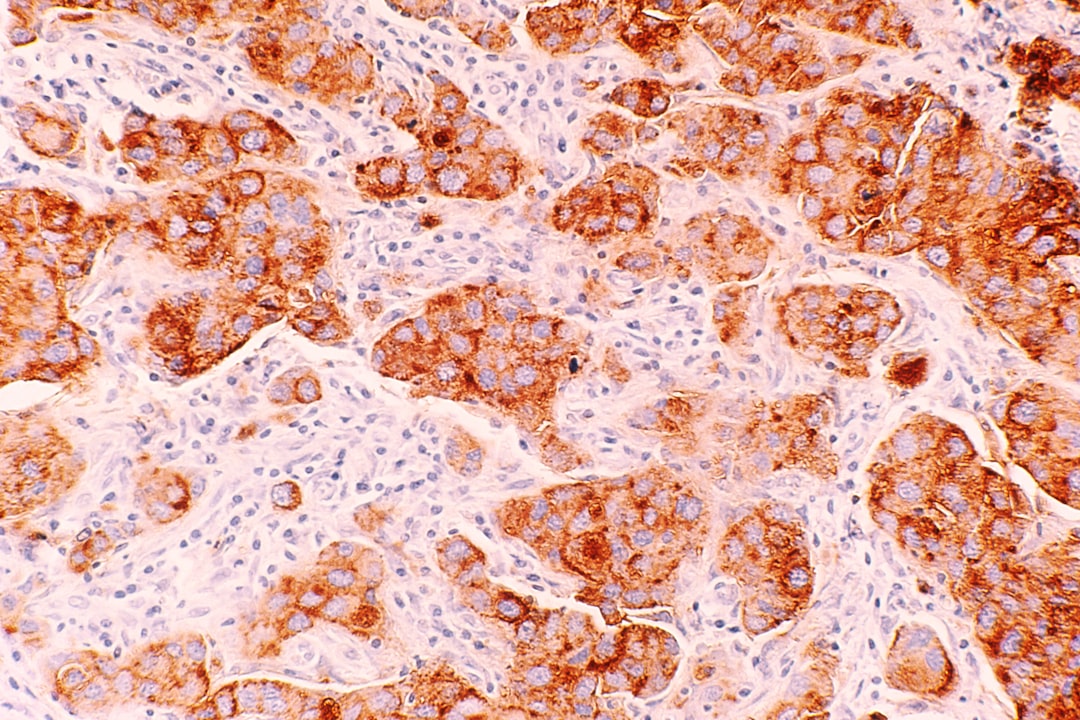What is it about?
Most practitioners know that fluorescein dye staining is one of the diagnostic criteria for dry eye. Inferior staining of the cornea may be more common in dry eye. A bow tie pattern could indicate exposure keratopathy. However, the regional importance of staining in different parts of the cornea is not well understood. Here we show that some areas of the cornea and more important than others in assessment.
Featured Image

Photo by Daniil Kuželev on Unsplash
Why is it important?
These findings have implications for clinical trials in dry eye, as well as using the staining features to alert people of systemic diseases. In clinical trials, some information may be lost if the grading of all zones of the cornea are summed up. It is important to track the changes in the dye staining of each location of the cornea after intervention.
Perspectives
It is best to report staining in individual zones of the cornea in clinical trials, even if the sum total of the zones is reported.
Prof Louis Tong
National University of Singapore
Read the Original
This page is a summary of: Corneal Staining Characteristics in Limited Zones Compared With Whole Cornea Documentation for the Detection of Dry Eye Subtypes, Investigative Ophthalmology & Visual Science, December 2013, Association for Research in Vision and Ophthalmology (ARVO),
DOI: 10.1167/iovs.13-12802.
You can read the full text:
Contributors
The following have contributed to this page










